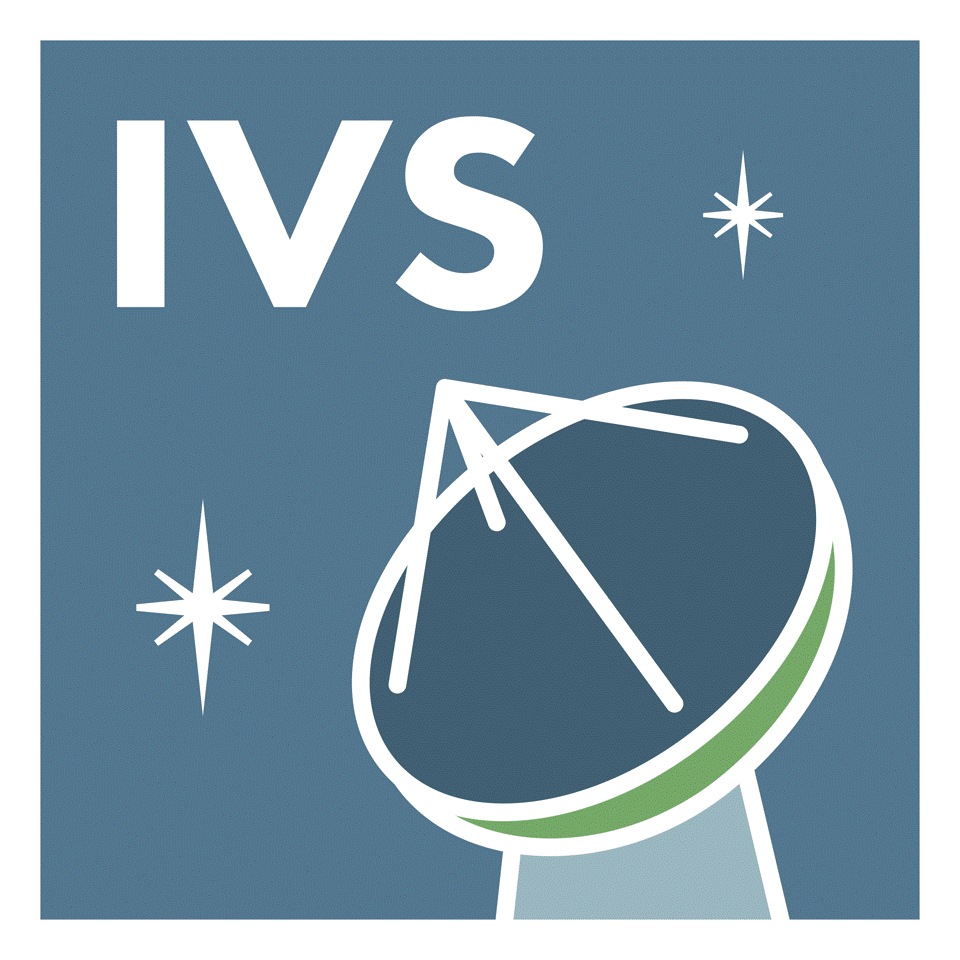|
| About IVS | Observing Program | Network Stations | Data&Products | Analysis | Technology | Publications | Meetings |
About IVSWorking Groups: IVS Working Group on Satellite Observations with VLBI (v2.0)Purpose. The IVS Working Group on Satellite Observations with VLBI (WG7) will study possibilities to observe Earth satellites with the VLBI ground network affiliated with the IVS. The main focus of this WG will be the Genesis mission, in particular how the IVS can support this mission through observations with its network. This covers technical issues, ensuring station compatibility to enable observations to Genesis as well as working towards an observing plan considering overall resources and regular IVS observing programs. The reconstituted WG7 was accepted at the October 24, 2024 Directing Board meeting. This WG further intends to be the contact point for other missions and applications in this area, such as GRITSS, potential VLBI transmitters on Galileo satellites, PRN-signal tracking with IVS telescopes, or others. Communication will be held with the other working groups on Genesis/VLBI (ESA GSET, IAG Working Group 1.1.1 joint with IERS and GGOS), avoiding duplication of work, exchanging information, questions and requests to each other. Justification. Co-location in space and the potential of a space tie has been discussed for several years. They are a chance to provide external validation of local ties, one of the main issues in the current ITRF. After multiple attempts for a dedicated satellite mission, ESA has selected the Genesis mission with a planned launch date of 2028. ESA labels this mission as an offer to the geodesy community and invites the IAG components, specifically its services, to contribute to this mission. VLBI observations to such a satellite are absolutely novel, no routine product. They will differ significantly from regular IVS/VLBI observations. With this working group, the IVS acknowledges the importance of the Genesis mission for the IAG and commits working towards a successful VLBI component of this mission, on the understanding of the best-effort model of the IVS. Terms of Reference (ToR). The mandate of the WG7 comprises the tasks listed below. On the understanding that both Genesis and GRITSS aim for VGOS telescopes, this WG will concentrate its efforts on VGOS.
Desired Outcomes. The main goal of this WG is to develop the technology and allocate resources for best possible IVS support to Genesis, delivering on the tasks and work packages above. The aim is to encourage the community to work on these tasks, collect, summarise and communicate outcomes and identify current issues and problems that need to be overcome before the start of the mission. If successful, this will be a great outcome for the IVS. If not, the aim is to have developed improved guidelines and recommendation for a possible follow-on mission. The WG will report about its activities at the IVS DB meetings (twice a year) and prepare presentations at conferences, predominantly IVS GM and EVGA. The WG will also strive to publish their findings in guidelines, papers, memos and conventions. Reporting to other WGs working on Genesis is envisaged, enabled through in-person presence from members of this WG in other groups and committees. Duration. The duration of this working group is set for initial two years (2025–2027), with an option for continuation of another two years (2027–2029) after successful evaluation by the IVS Directing Board. Potential extension of this WG or conversion into another organisational body will also depend upon clarification of mission support, i.e., who is planning and coordinating observations of Genesis through the IVS components.
Members of the working group (13):
Corresponding members (2):
Communication:
Initial (v1.0) incarnation of WG7:
|
|
Back to Top
Last Updated: |
